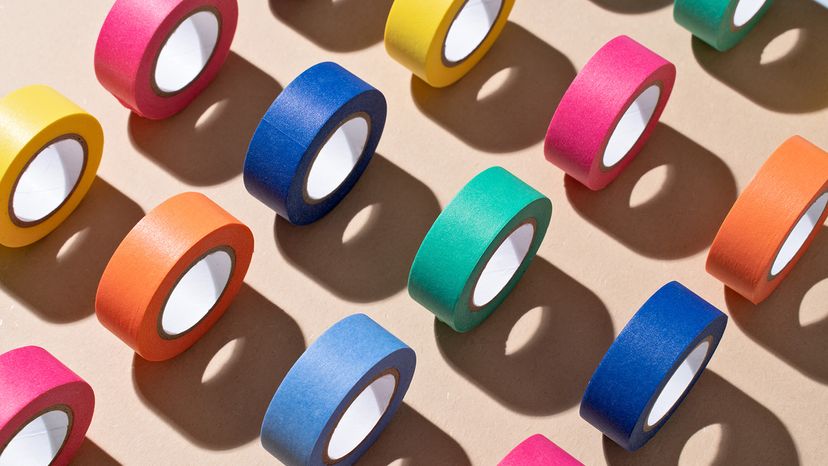
Tape is more than a sticky strip. In industrial applications, home repairs and crafts, the types of tape you choose matter. Each has unique properties that make it suitable for specific surfaces, materials and uses.
Advertisement

Tape is more than a sticky strip. In industrial applications, home repairs and crafts, the types of tape you choose matter. Each has unique properties that make it suitable for specific surfaces, materials and uses.
Advertisement
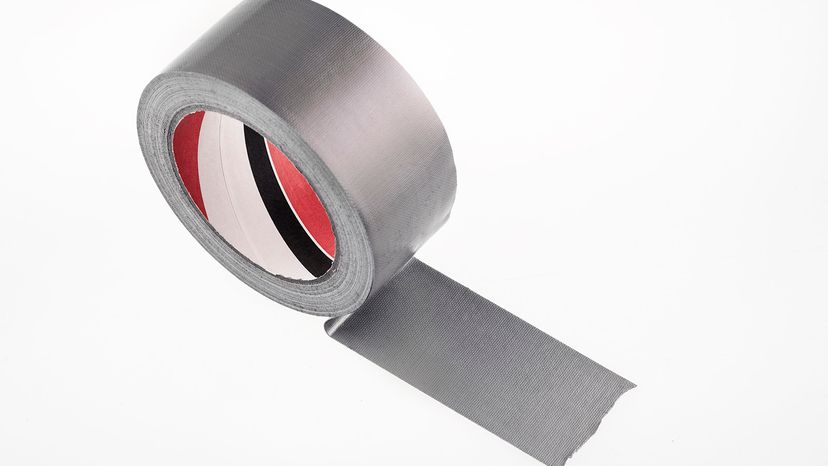
This is the go-to for tough jobs. Duct tape has a strong adhesive and a flexible fabric backing, making it ideal for sealing, patching or bundling.
It sticks well to uneven or rough surfaces and works in outdoor use for quick, temporary repairs, though it is not very durable under prolonged exposure to weather and may leave sticky residue.
Advertisement

Designed for painting projects, masking tape provides clean lines and easy removal. It's perfect for short-term applications on smooth surfaces and is available in various widths.
Painter's tape is a type of masking tape with better resistance to paint bleed.
Advertisement
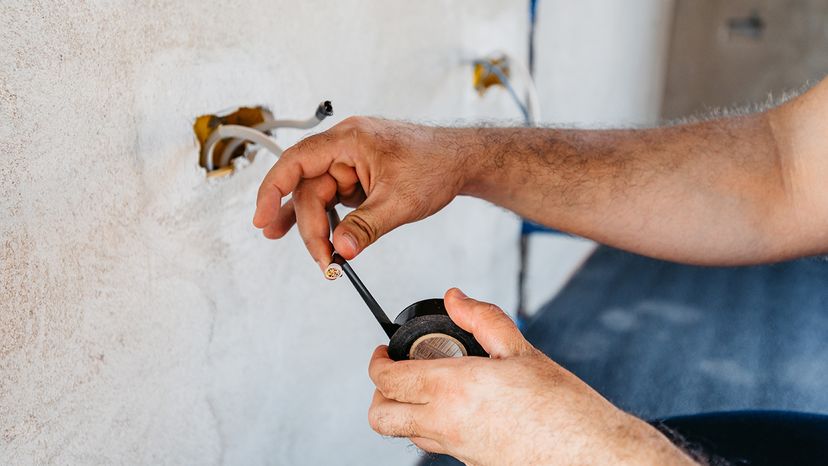
Made of stretchy vinyl, electrical tape is designed for insulating electrical wires and cables. It resists moisture, abrasion and UV light. Its heat resistance and flexibility make it essential for electrical repairs.
Advertisement
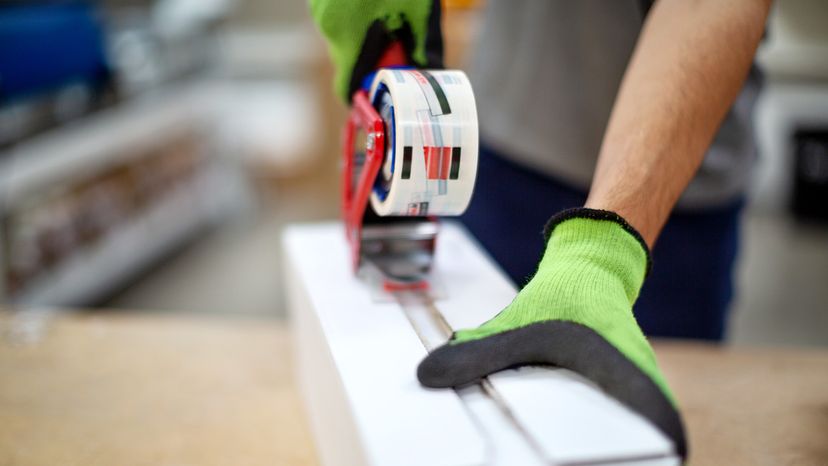
Used mainly for sealing boxes, packing tape is strong and moisture-resistant. Clear or brown versions are pressure-sensitive and stick well to cardboard, making them indispensable for shipping.
Advertisement
This tape sticks on both sides to bond two surfaces together. It’s commonly used for craft projects and mounting objects. Foam versions conform to irregular surfaces and provide extra hold.
Advertisement
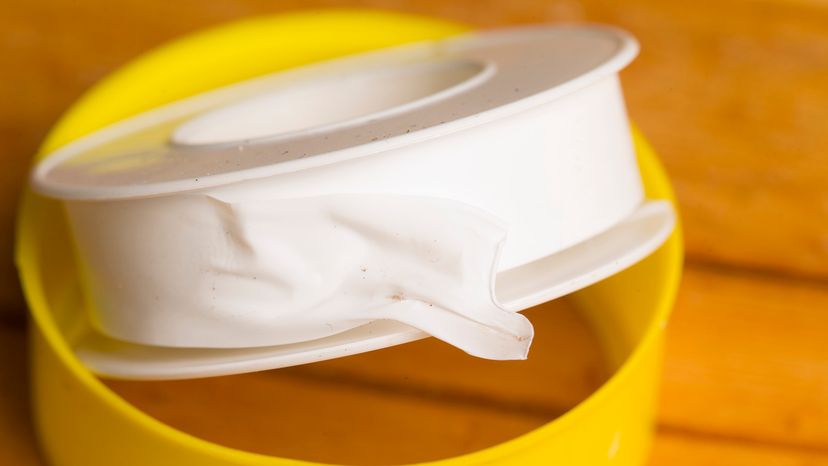
Also known as plumber's tape or PTFE tape, this type is used for sealing pipe threads. It prevents leaks by creating a watertight seal and is resistant to heat and chemicals.
Advertisement
Reinforced with fiberglass filaments, filament tape offers high tensile strength. It's used for bundling heavy items or reinforcing packages.
A variant — filament strapping tape — combines strength with excellent adhesion.
Advertisement
Reflective tape bounces back light, making it ideal for marking hazardous areas or vehicles. It's durable, weather-resistant and sticks to most surfaces, improving visibility in low light.
Advertisement
This rubber-based adhesive tape was originally used in electrical applications before vinyl became standard. It provides a tacky surface, ideal for improving grip or wrapping tool handles.
Advertisement
This flame-retardant tape withstands high heat and is often used on circuit boards or in high-temperature industrial settings. It sticks well and doesn’t leave residue, even when exposed to extreme conditions.
Light duty and easy to tear, paper tape is common in medical and labeling uses. It's gentle on skin and removes cleanly without leaving residue.
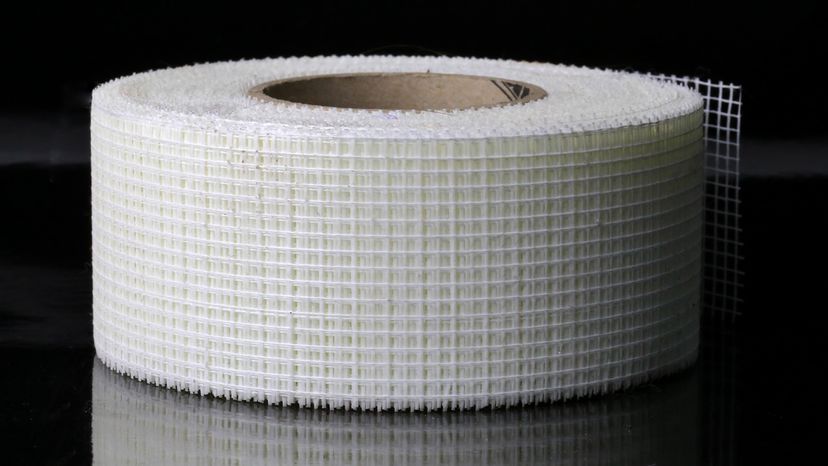
Used in construction, this tape reinforces joints between drywall panels. Available in paper or fiberglass mesh, it helps prevent cracks and ensures smooth wall finishes.
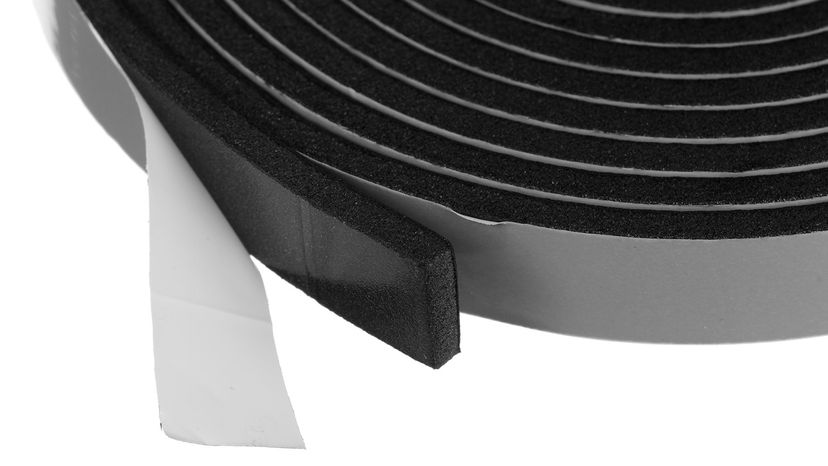
Foam tape is compressible, making it ideal for sealing gaps, reducing vibration or mounting on uneven surfaces. It comes with strong adhesive and can withstand outdoor conditions.
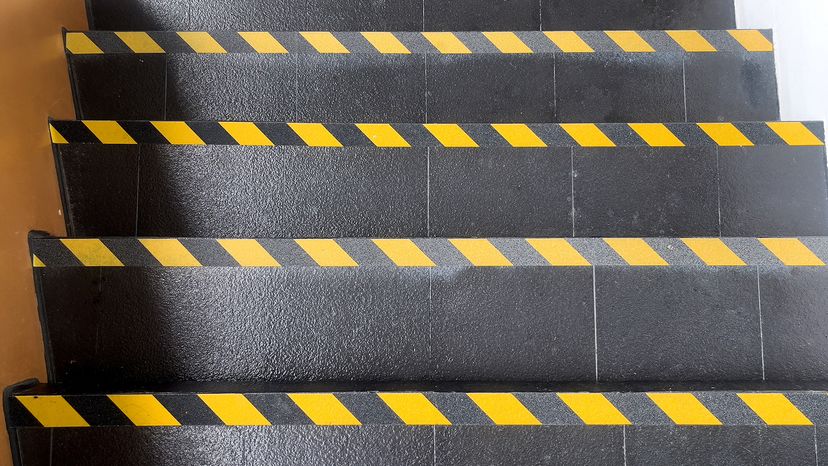
Applied to slippery surfaces, anti-slip tape provides traction to prevent falls. It’s common on stairs, ramps and industrial floors. The tape is durable and resistant to water and wear.
Sometimes called grip tape, some skaters use it on the decks of their skateboards.
We created this article in conjunction with AI technology, then made sure it was fact-checked and edited by a HowStuffWorks editor.
Please copy/paste the following text to properly cite this HowStuffWorks.com article:
Advertisement